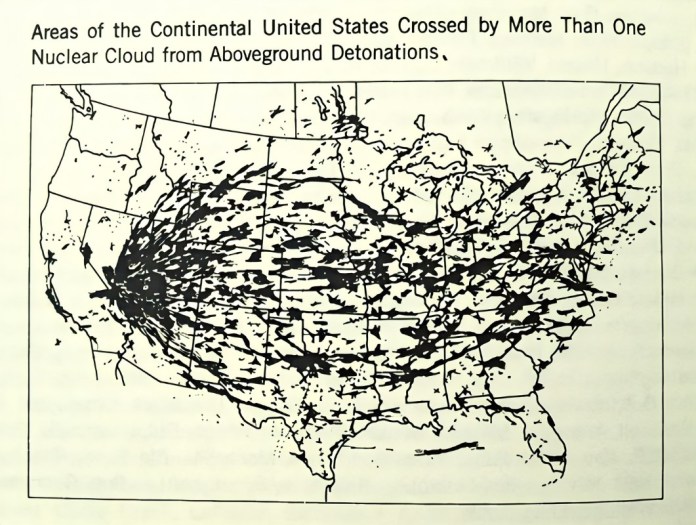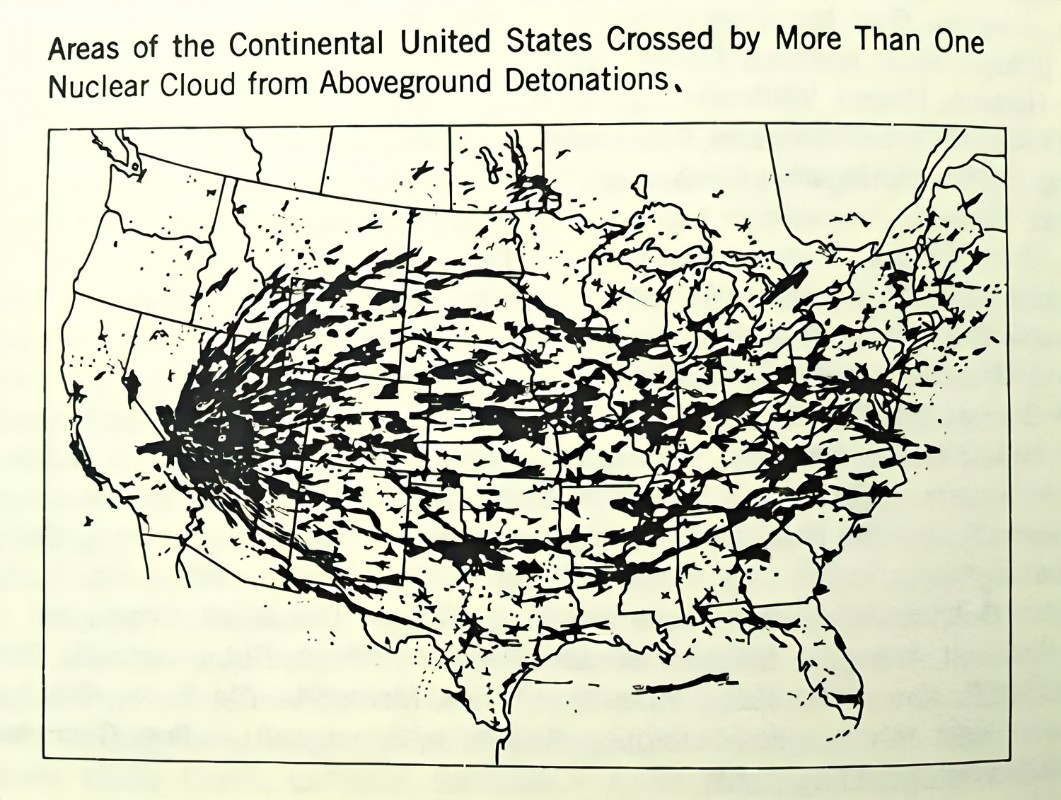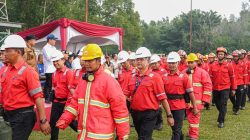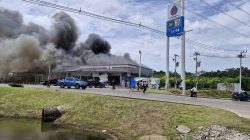“Nothing is truly ‘safe’ from the effects and other consequences such as contamination of food and water sources and extended radiation exposure,” according to John Erath, the Senior Policy Director at the Center for Arms Control and Non-Proliferation. This perspective holds special significance as the world observes the escalating conflict between Israel and Iran. The potential for nuclear war, which was once a concern of the Cold War era, has once again become prominent, sparking renewed public interest in identifying which parts of the United States would be most or least affected if the worst were to happen.

The approach used in the popular fallout maps, like those featured by Newsweek and initially developed for Scientific American, relies on the most recent developments in atmospheric dispersion modeling. Scientists, such as Sébastien Philippe and his team from Princeton University, have utilized detailed weather forecasts and computer simulations to model the impact of a hypothetical nuclear strike on U.S. missile silo locations mainly in Colorado, Wyoming, Nebraska, Montana, and North Dakota. The simulations predict the path radioactive debris would take within 48 hours following an attack, taking into account wind patterns, populated areas, and the continent’s topography.
The results are horrifying. An attack on these isolated areas simultaneously would wipe out all life in the surrounding area and contaminate farmland for years, with immediate radiation exposure alone leading to millions of casualties if people are forced to take shelter for at least four days. If there is no shelter, the death toll could double. The risk doesn’t end at the blast site—radioactive particles carried by changing winds could also expose over 300 million people across North America to lethal radiation levels. The model’s level of detail shows that while the Midwest would be hit the hardest, no part of the contiguous United States would be completely secure.
The criteria used to rank US states by their relative safety during these events are simple yet scientifically sound. States that are farthest from potential targets and the typical fallout routes—such as Maine, New Hampshire, Vermont, and much of the Northeast—are least affected. These areas, along with parts of the Southeast and Great Lakes region, benefit from their distance and prevailing wind directions. Conversely, states like Nebraska, Montana, and North Dakota, which are closest to missile launch sites, are in the most vulnerable position, with nearby states such as Minnesota, Iowa, and Kansas also experiencing significant fallout. The ranking is not static; it changes based on daily wind conditions, as shown by simulations. Even the safest locations have a non-zero probability of receiving deadly levels of radiation under the worst wind scenarios. The science behind these maps has been developed over many years of studying fallout, but recent advancements have greatly improved the accuracy of the models.
Previous models relied on average seasonal winds and a limited number of large radionuclides. Modern approaches, like the “cocktail DCC” technique in Health Physics, consider the entire range of radionuclides and their radioactive decay products, employing advanced algorithms to determine dose rates from inhalation, groundshine, and direct exposure. This enables rapid and precise risk assessments from exposure, even as fallout clouds move over hours or days. The models can incorporate factors such as weapon yield, detonation altitude, and the ratio of aerosol-bound to noble gas-bound fallout, all influencing how radiation spreads and persists in the environment. For example, a sample nuclear weapon targeting a missile silo could have an 800-kiloton yield, significantly greater than the Hiroshima bomb.
A ground burst would turn everything nearby into vapor, sending tons of radioactive particles into the stratosphere. As the mushroom cloud ascends, it pulls along bomb remnants and soil, creating a mixed load of activation isotopes and fission byproducts. In a short time, this radioactive cloud can travel hundreds of miles, driven by high-altitude wind patterns. Radioactive fallout starts to descend within hours, polluting anything it touches—water sources, land, crops, and structures. The impact on emergency readiness is significant.
In comparison to nuclear power plant accidents, which are usually confined and provide some warning, a nuclear explosion would release its radioactive mixture with little or no advance notice. Current dispersion models highlight the critical importance of staying indoors for four days or more, as the initial fallout is most hazardous within the first 48 hours. However, according to the Scientific American report, even the best sheltering efforts have their boundaries when dealing with large, multi-megaton attacks. The geopolitical situation that has brought these concerns back into focus is troubling.
Recent Israeli airstrikes on Iranian military and nuclear facilities, described by Prime Minister Netanyahu as a “roll back the Iranian threat to Israel’s survival,” have led to Iranian retaliatory strikes and increased regional tensions. While the United States aims to reduce its direct involvement, it remains strongly committed to the region’s security. The potential for further escalation, given both Iran and Israel’s nuclear capabilities, has reignited discussions about the concept of nuclear deterrence and its risks. According to the SWP Berlin report, US nuclear policy follows a “counterforce” approach, targeting enemy military assets rather than urban areas, with the goal of minimizing civilian harm.
However, as experts acknowledge, uncontrolled consequences and escalating effects mean that the line between military and civilian targets quickly disappears. The doctrine’s dependence on a variety of nuclear options, including those with low yield, aims to offer adaptability, yet the risk of unintended or rapid escalation remains ever-present. As John Erath stated in Newsweek, “Both political parties’ administrations have long recognized that nuclear weapons are solely for defense and deterrence, not for initiating a nuclear conflict. We would all be wise to recall former President Ronald Reagan’s words, recently echoed by President Joe Biden: ‘A nuclear war cannot be won and must never be fought.'”
The policy and scientific agreement is evident, even though some parts of certain U.S. states might experience less impact in a hypothetical nuclear conflict, no part of the country is entirely safe from fallout, contamination, and societal disruption. The models and maps are not survival guides, but rather warnings about shared risks and the continuous necessity to prevent nuclear war.







